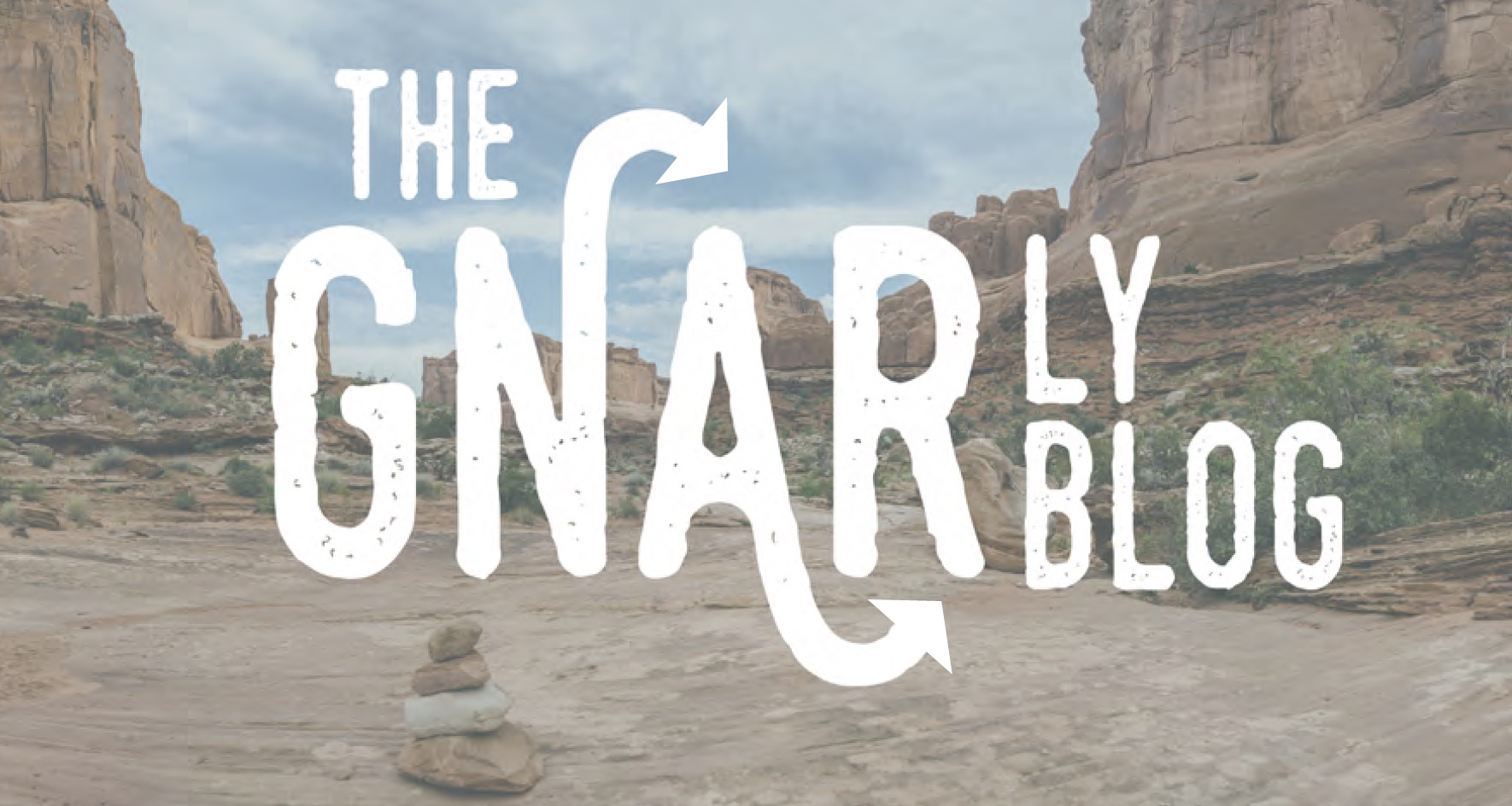How Do Patterns of Growth Affect Our Wallets?: Highlights From a Future West Webinar ft. Joe Minicozzi (Urban 3)
(This webinar originally aired on April 14, 2021. We've highlighted it with permission from Future West)
Have you read your local tax policy lately? Mark Twain said, "A person who won't read has no advantage over one who can't read," and Joe Minicozzi is on a mission to make sure communities read and understand where their funding comes from.
This past April, our partners at Future West hosted a webinar featuring Joe Minicozzi from Urban 3, a nationally-recognized city planner, architect, and urban data analyst. Joe is a pioneer in fiscal impact analysis which is a fancy name for assessing how growth impacts the pocketbooks of taxpayers. Joe is also a master storyteller who weaves his hard-nosed data and analysis into a persuasive story – replete with visually compelling graphics and 3D mapping – about how the choices that cities and counties have made that encourage sprawl, has in the end resulted in less financially resilient communities. We found Joe's webinar very compelling, and have listed some of our key takeaways below along with a strong encouragement for everyone to watch it. While you may not agree with everything he says, beginning to have conversations around these critical topics will help communities become more resilient into the future.
Here are some of our highlights:
1) Try to have a model when you think about your community's growth. Learn from the good (and bad) growth of other places.
When new ideas addressing challenges are presented to a community, often a chorus of voices can be heard saying, "That won't work here. That's not who we are. Don't even try." Citizens have a psychological tendency to misevaluate their own economic self interest, because they don't want to do the math. Would you say a truck is the most fuel efficient vehicle, because it gets 648-miles/tank compared to a Prius that gets 571-miles/tank? No, because they don't have the same sized tank. This same reasoning can be applied to our communities. Large lot retailers can be taxed at $20-million/year and seem more productive than a historic downtown area taxed at $14-million/year. However, don't forget to consider that the large lot retailer is on 23-acres, while the downtown plaza is on just over an acre.
2) Surprisingly, many people don't understand civics.
In 1959, there was a 3rd grade textbook called, "In City, Town and Country," that explained to children how taxes are determined. It even had a section about regional planning! Perhaps the same material isn't covered in modern 3rd grade textbooks, but understanding where taxes are coming from and going to is still important.
In Bozeman Montana, the taxable value of Wal-Mart is $166,000/acre while a street in historic downtown is $14.5-million/acre. Meanwhile, the infrastructure, roads and land resources needed to support that Wal-Mart are significantly higher than the downtown district. Wal-Mart may provide amenities that the shops downtown don't, but downtown shops also hire local accountants to manage their financials and local attorneys to manage their legal affairs. Local shops put more money into their economy in both taxes and operations.
3) Incentives for sprawl are built into the system, and they can put financial strain on communities.
Joe ends with an anecdote from a community he recently worked with, where a street divides two lots of different sizes in the same zoning category. Despite being zoned the same, the smaller lot was being taxed 3-4 times higher per acre than the larger lot. The local assessor explained by saying, "In our process, the more land you have, the lower value per acre." When questioned about the fact that the larger property needs 1/3 of a mile of road to serve it while the smaller property only had 200 feet, the assessor said they don't consider infrastructure in their valuation. Why? No one knew the answer.
There are incentives for sprawl baked into our economic systems, but it doesn't have to be that way. Why do communities have minimum lot sizes? Where did that policy come from, and is that how you want to grow? Like Joe says, "Cities are all just places in time. The results of what happened in communities can be seen in other places, and you can learn from them."
We encourage you to watch the full webinar and Q&A on Future West's YouTube channel.
FUTURE WEST - is a non-profit based out of Bozeman whose mission is to help communities identify and create the future that they want. This was part of their five-part webinar series, "Managing Growth in the New West."


